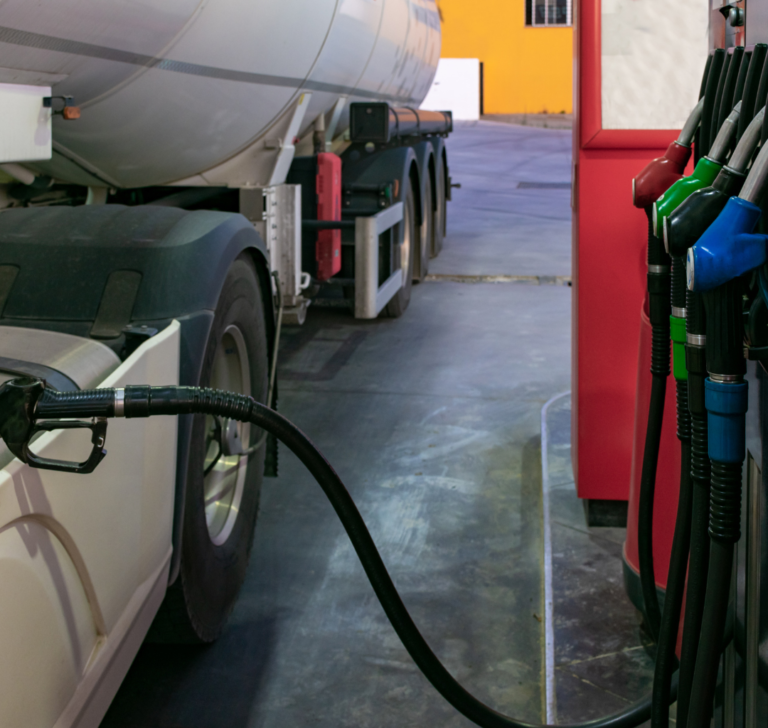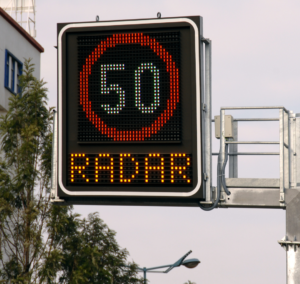Diesel sales decline as drivers switch to other alternatives
The global diesel landscape shows concerning signs of deterioration, causing unease among oil sector investors. Across Europe, the United States, and Asia, a noticeable decrease in markets has been observed, characterized by the absence of premiums in short-term prices. This phenomenon is commonly interpreted as an indicator of economic fragility.
Used in trucks, cars, and heavy industries such as agriculture and mining, its consumption reflects global economic activity, as diesel is a vital component of oil demand. According to data shared by the Energy Institute Review of World Energy, around 28.2 million barrels of diesel were consumed in 2022, contributing to the total daily oil demand of 97.3 million barrels that year.
However, in the United States, distillate fuel demand has averaged 3.66 million barrels per day in 2024 to date, a low level impacted by the COVID-19 pandemic and slow economic recovery. Signs of weak fuel consumption that could be attributed to a period of general weakness.
Signs of decline in diesel consumption
In Europe, a decline in diesel sales is being observed as drivers opt for other alternatives. In France, March sales dropped by 12% compared to the previous year, and similar declines have been recorded in Germany, Italy, and the United Kingdom. Even in China, a major driver of oil demand growth, internal consumption weakness is leading to an increase in exports.
TransportTopics shares the insights of James Noel-Beswick, an analyst at Sparta Commodities, on the current situation. The analyst highlights other factors exerting downward pressure: slow economic recovery in key regions and significant increases in diesel production in Africa, the Middle East, and Mexico. Additionally, the market’s ability to cope with the decline in Russian supply reflects another sign of weakness. According to Kpler data, Russian shipments averaged around 740,000 barrels per day in the first 10 days of April, 25% less than the average between 2019 and 2023 for this period.

Average diesel price in the United States
According to the Energy Information Administration, the national average diesel price decreased by 4.6 cents, reaching $4.015 per gallon, according to data published on April 15th. The last time the diesel price was below $4 was on April 1st.
Average diesel prices by region in the United States are as follows:
- East Coast – $3.979
- Central Atlantic – $4.241
- California – $5.256
- Gulf Coast – $3.710
- Midwest – $3.965
- Rocky Mountain – $3.956
As the world moves towards sustainability, the stability of diesel concerns leaders in transportation and agriculture. Despite the advancement of clean energies, diesel remains vital for several industries. Its availability affects specific sectors and the economy. Signs of decline in diesel, though concerning, may be temporary. Understanding trends in the oil market, supply chain challenges, and regulations will be crucial in forecasting diesel shortages in 2024.

State legislations review on speed cameras and red light cameras
States continue to review regulations regarding speed cameras and red light cameras State legislators nationwide continue to review regulations regarding speed cameras and red light

Mothers and truckers: the challenges of being a mother on the road
The biggest challenge lies in the need to care for and provide for the children at the same time Long hours of work, complete dedication,

The deadly consequences of not wearing seatbelts among truck drivers
Seven out of ten truck drivers involved in fatal accidents were not wearing seatbelts During an annual research forum, the FMCSA presented the latest data

Drivers could face license suspension if RTD process is not completed
163,318 holders of CDL and CLP licenses are registered as “prohibited” The latest FMCSA report reveals that 163,318 holders of CDL and CLP licenses are

International Roadcheck: what you need to know about DOT Week 2024
From Tuesday, May 14 to Thursday, May 16, 2024, the International Commercial Vehicle Safety Alliance’s DOT Week 2024 will be held at the International DOT

Marijuana reclassification: implications for CDL drivers and public safety
It seeks to reclassify marijuana from Schedule I to Schedule III, how does this affect shippers? The Biden Administration seeks to reclassify marijuana from Schedule
